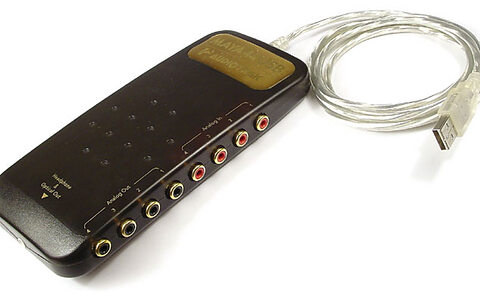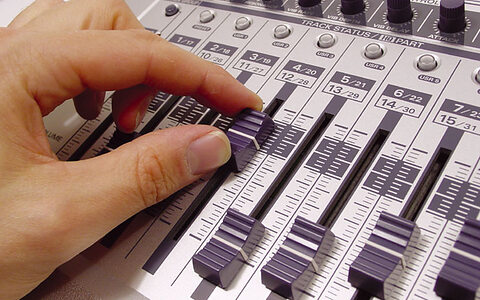
Novation X-Station 25
After releasing their Remote 25 MIDI controller keyboard, Novation released the Remote Audio 25, rapidly following it with the Remote Audio 25 Xtreme. Now, the X-Station has replaced both of these. Can we disentangle it from its convoluted beginnings?



















